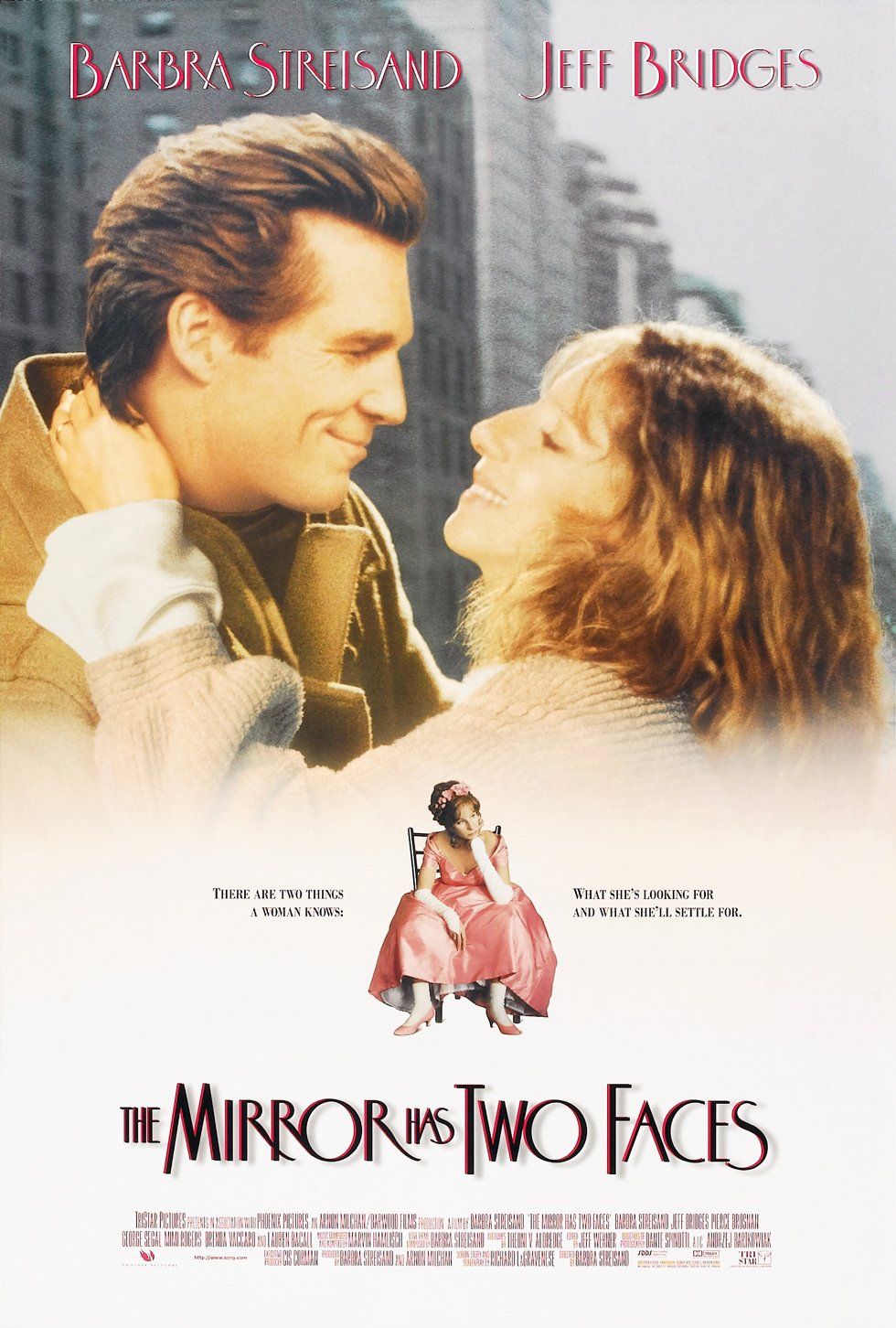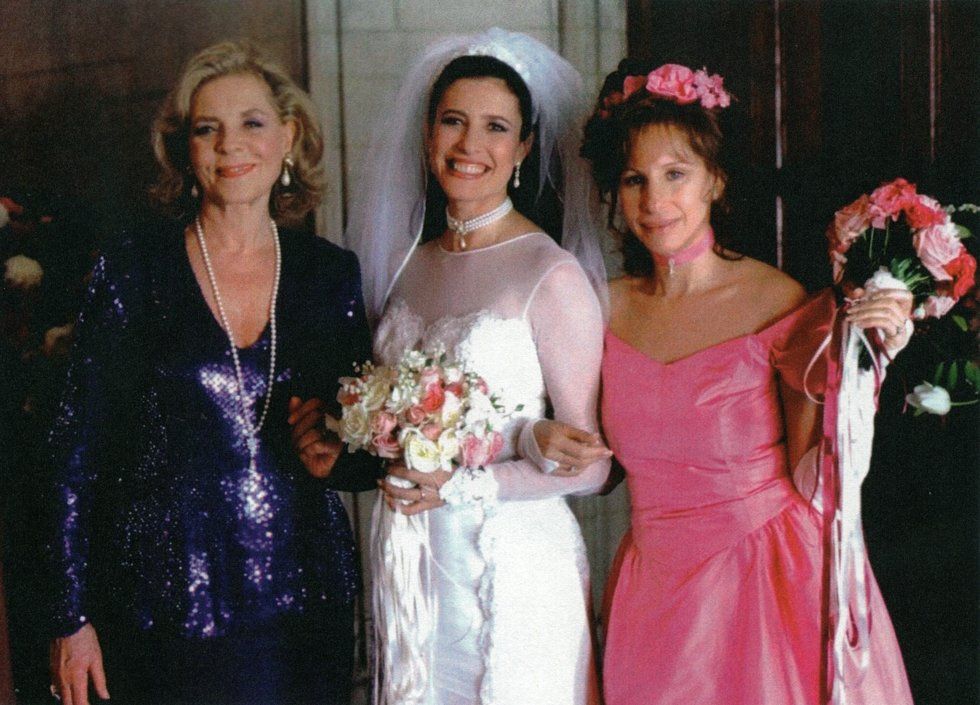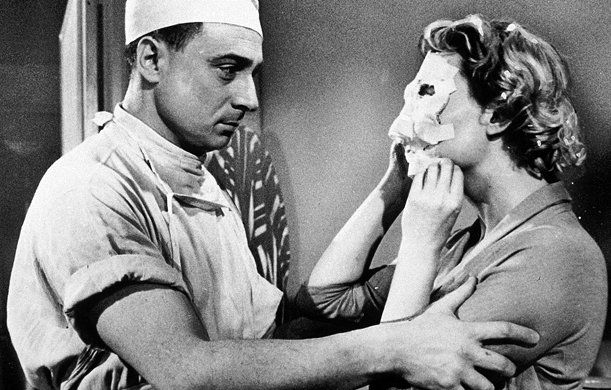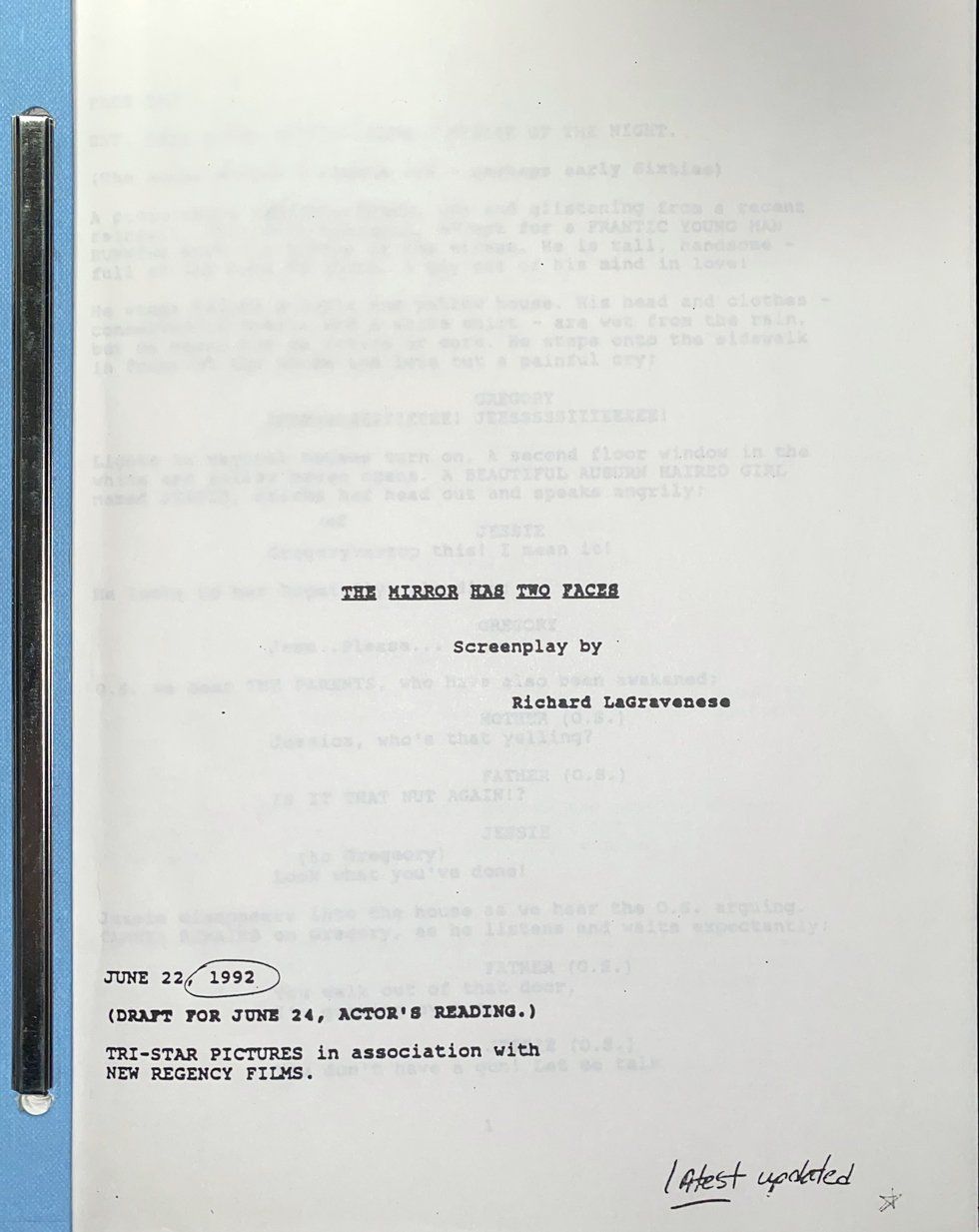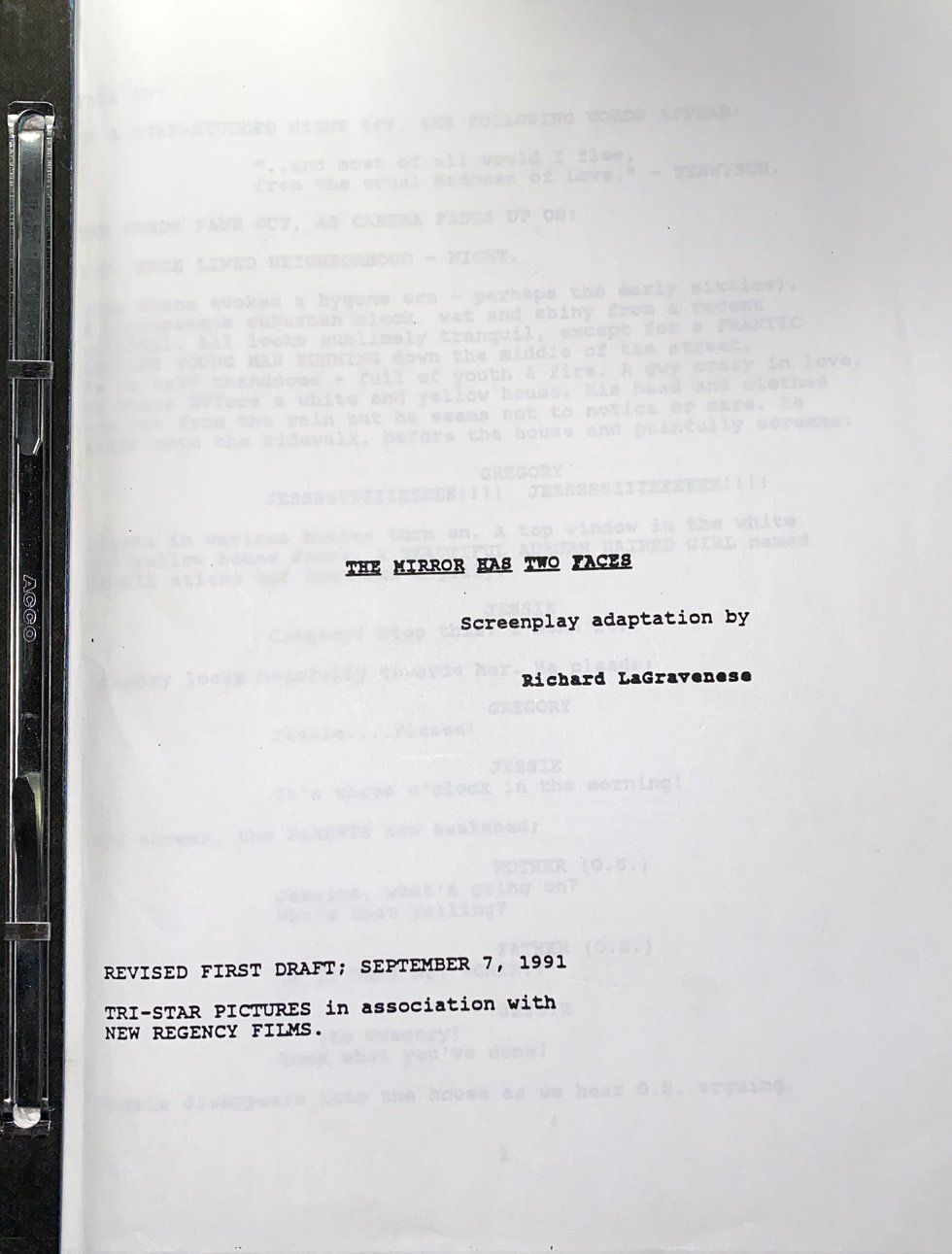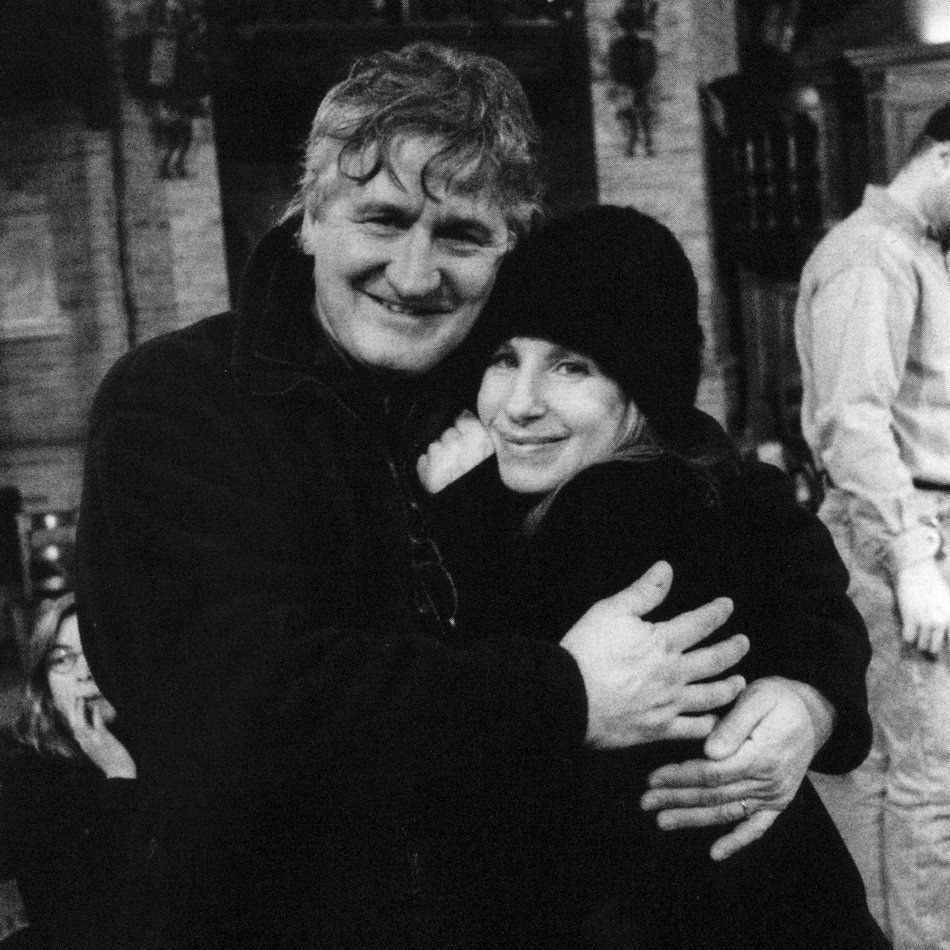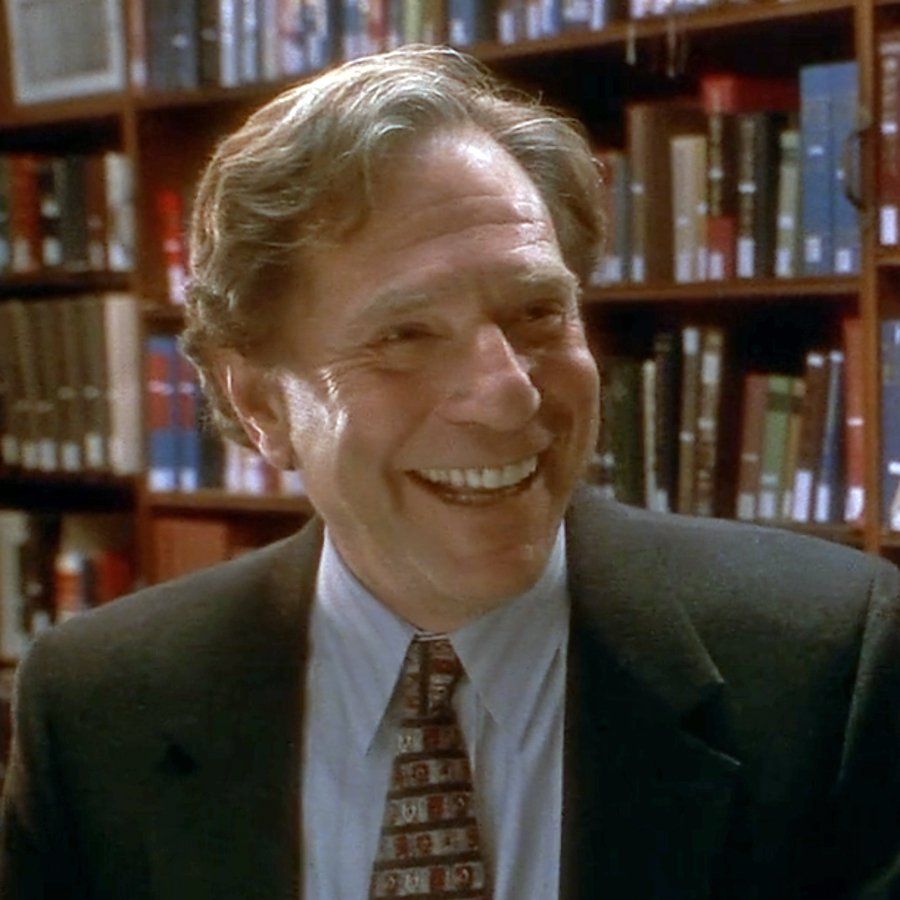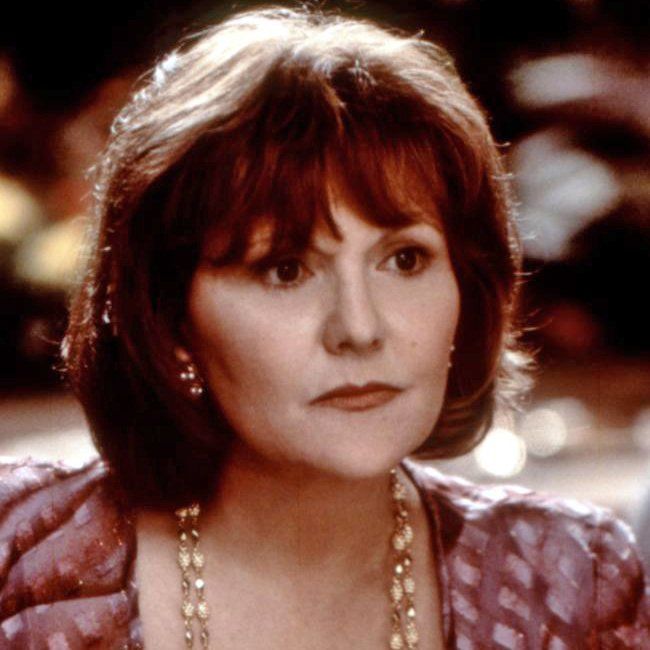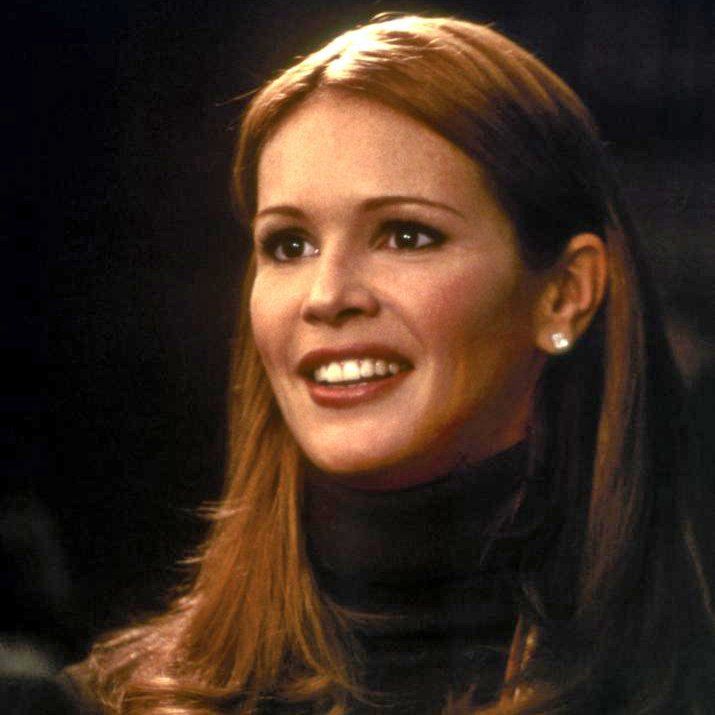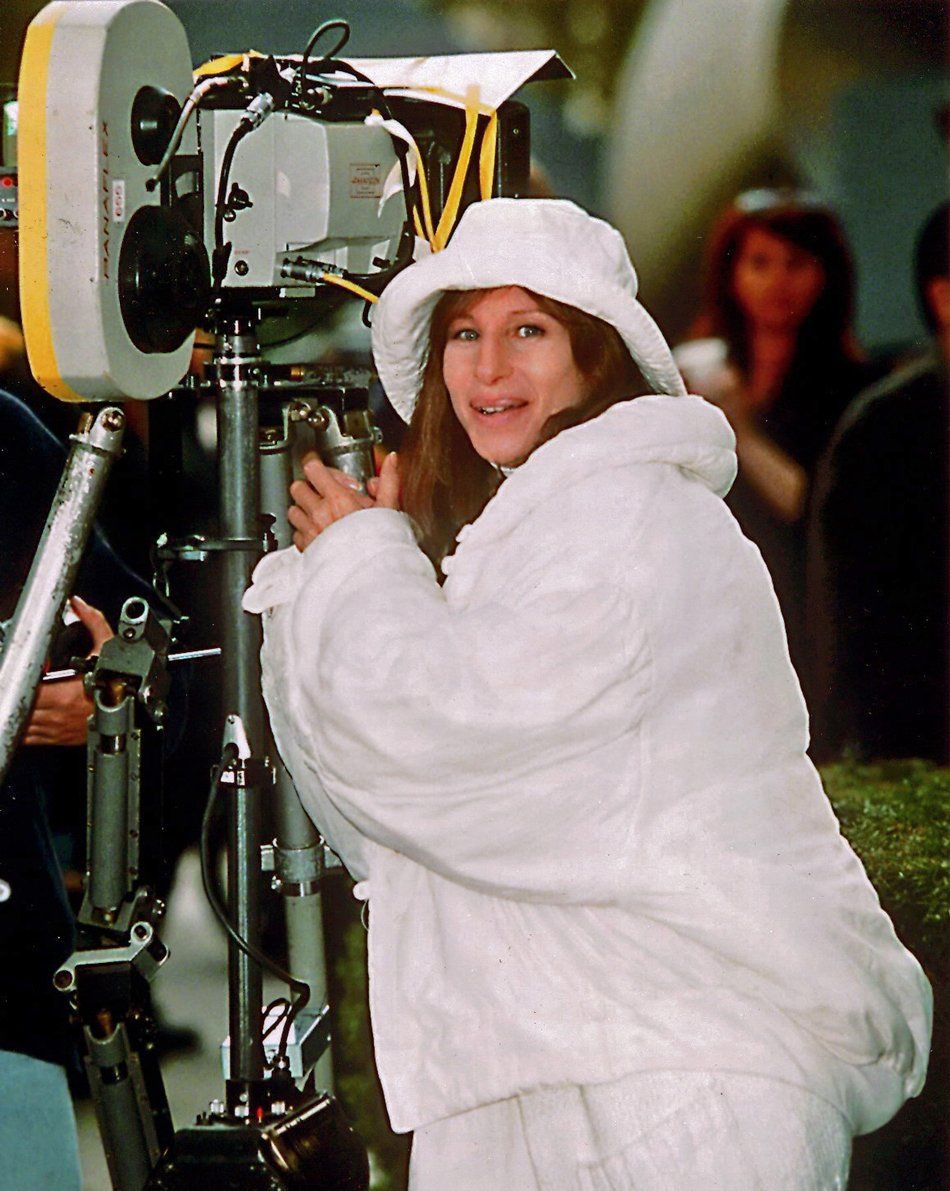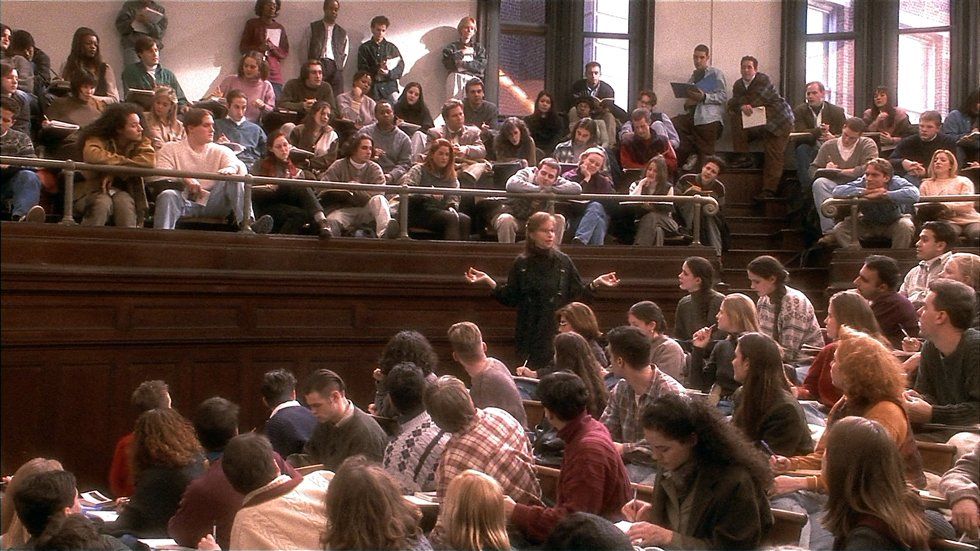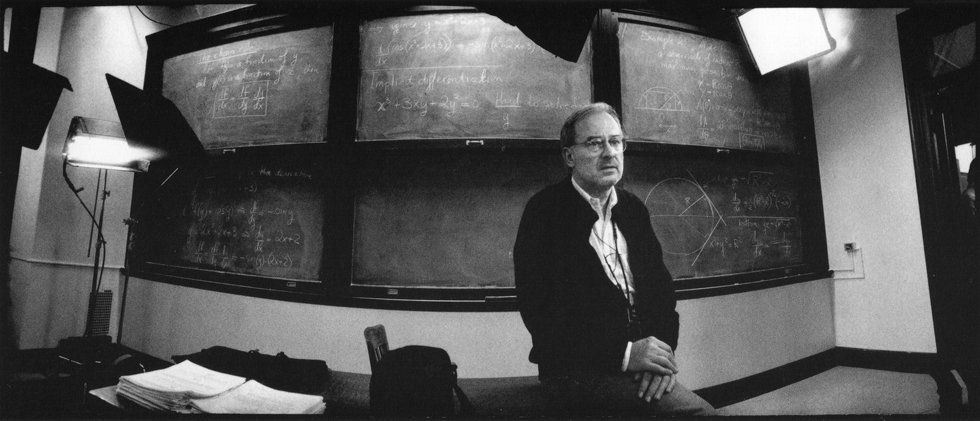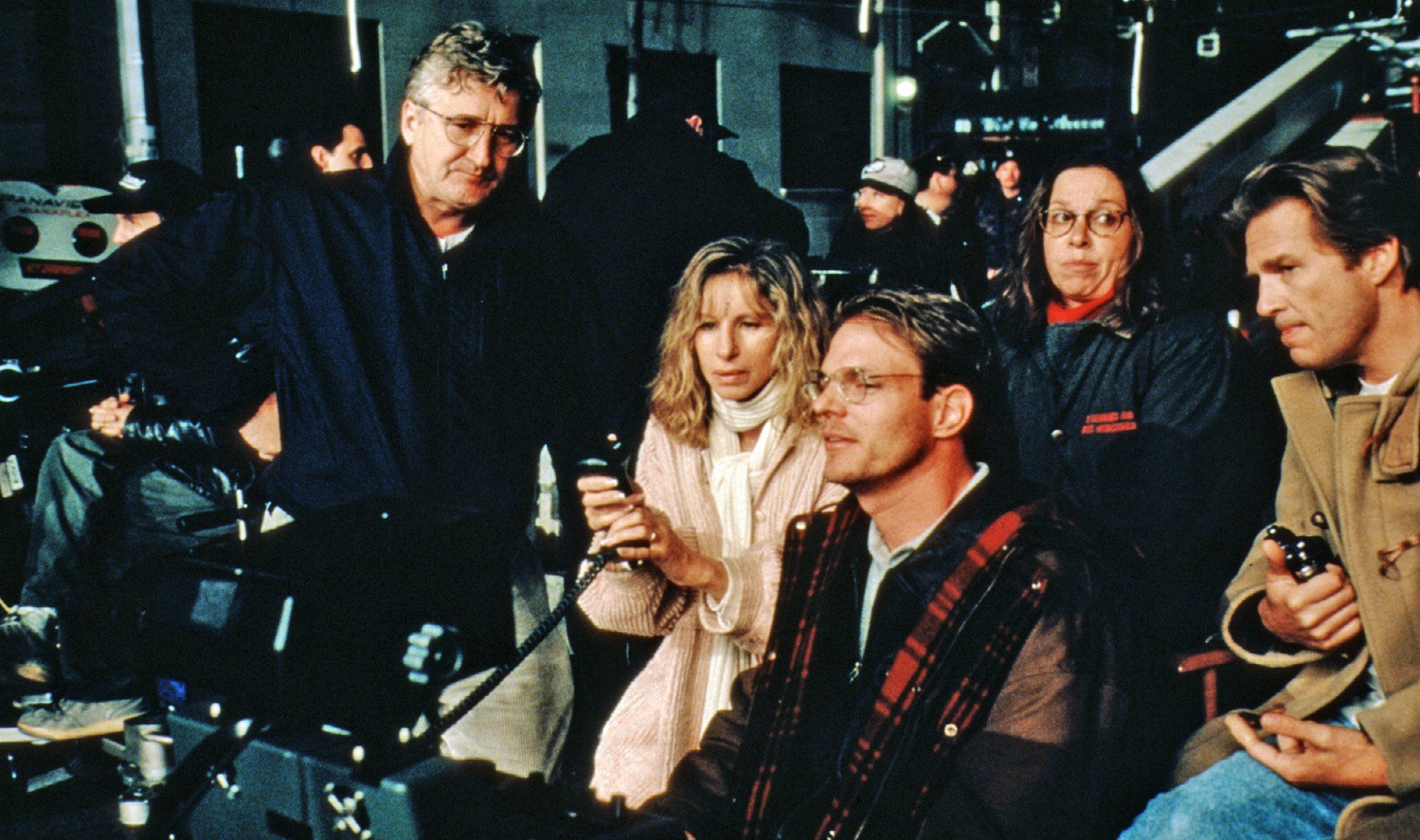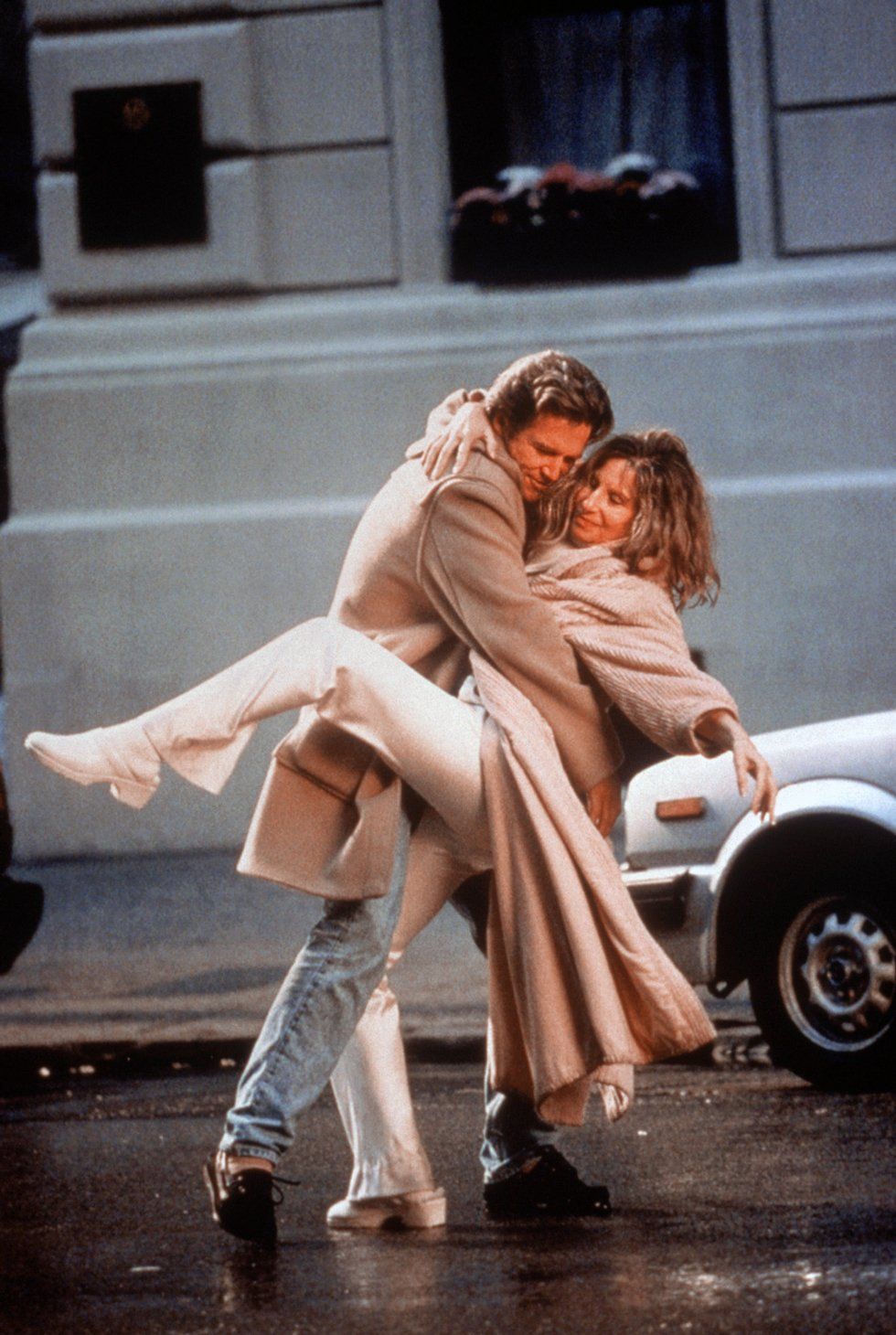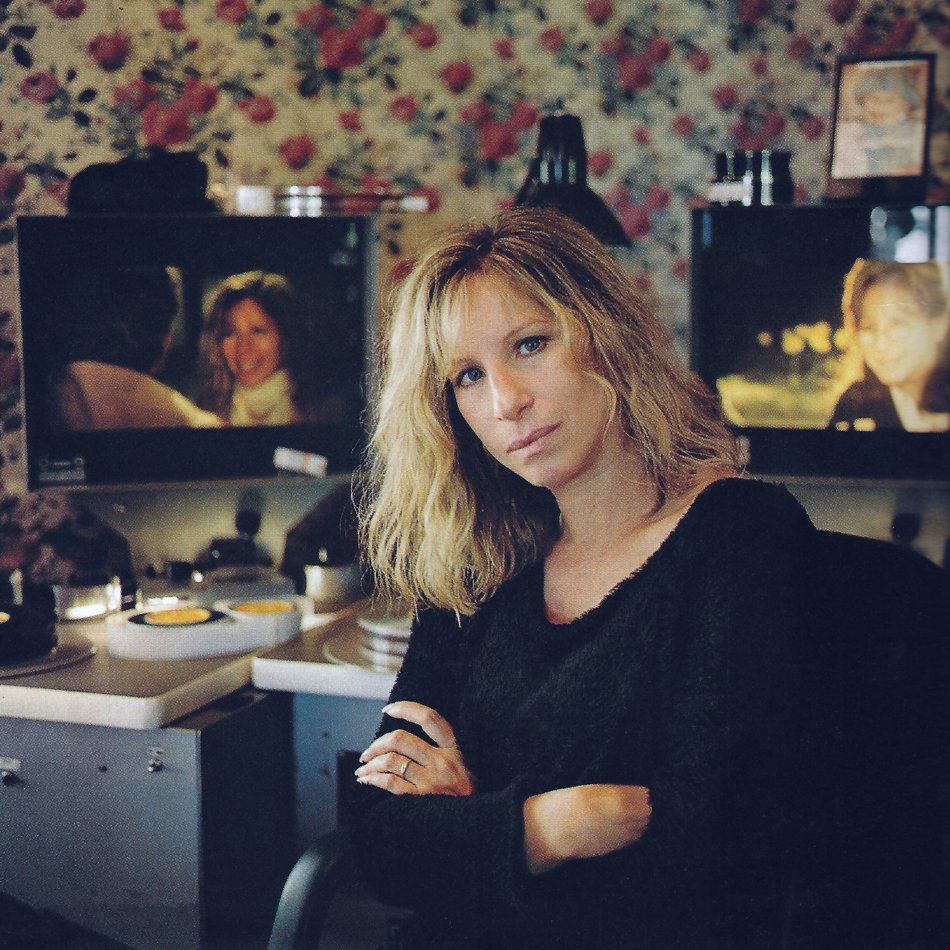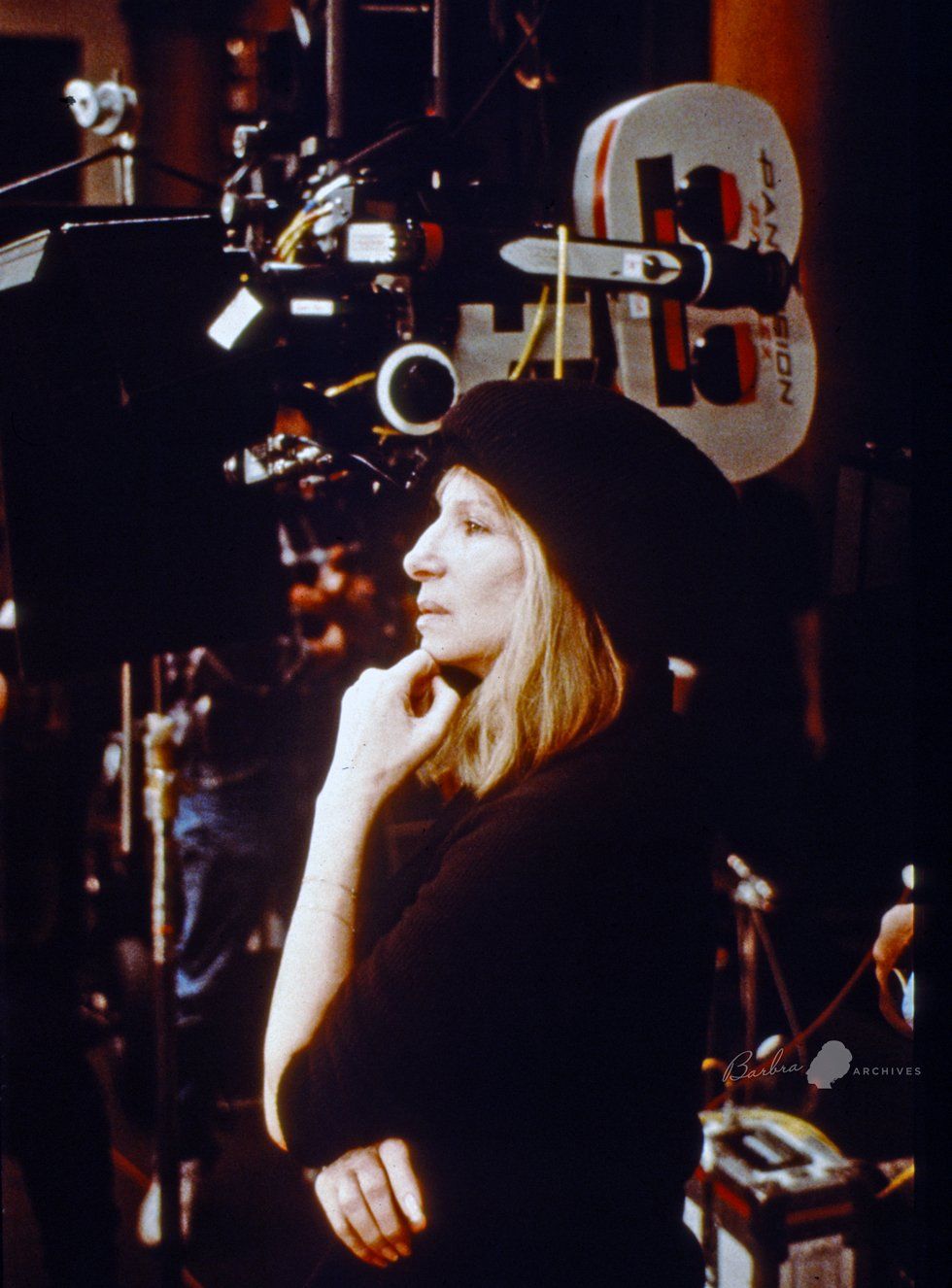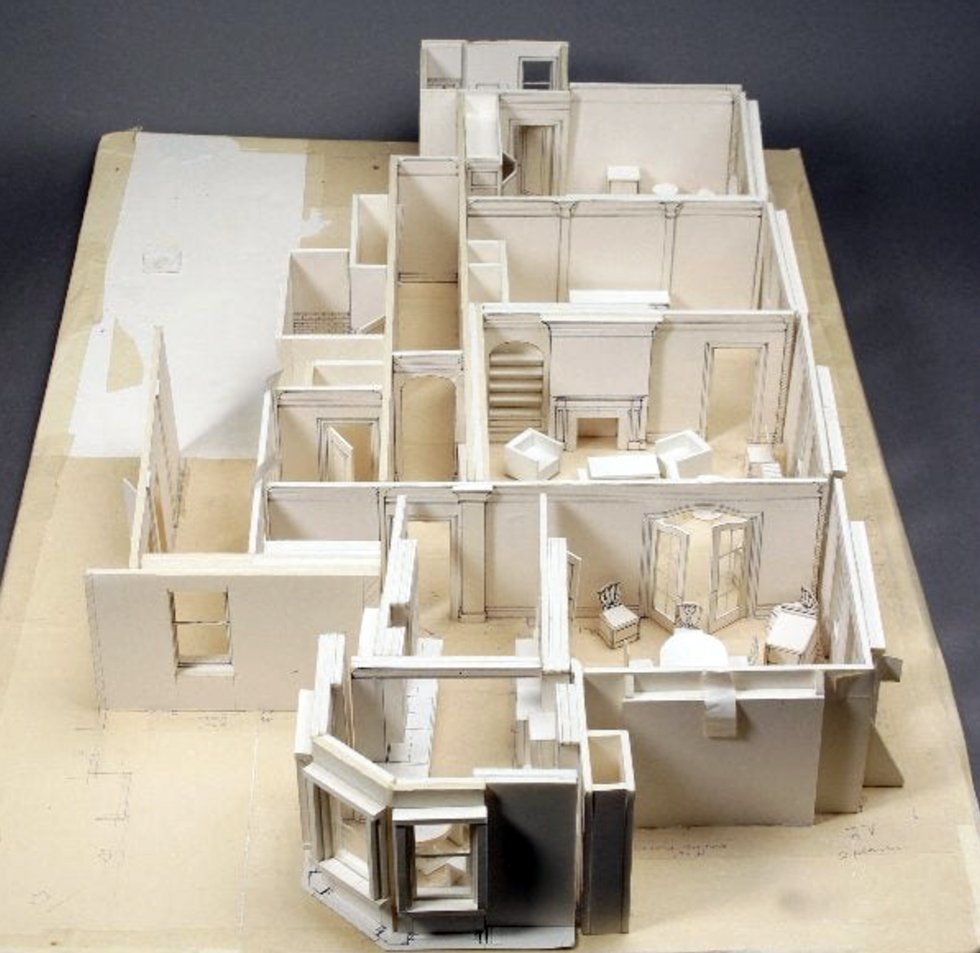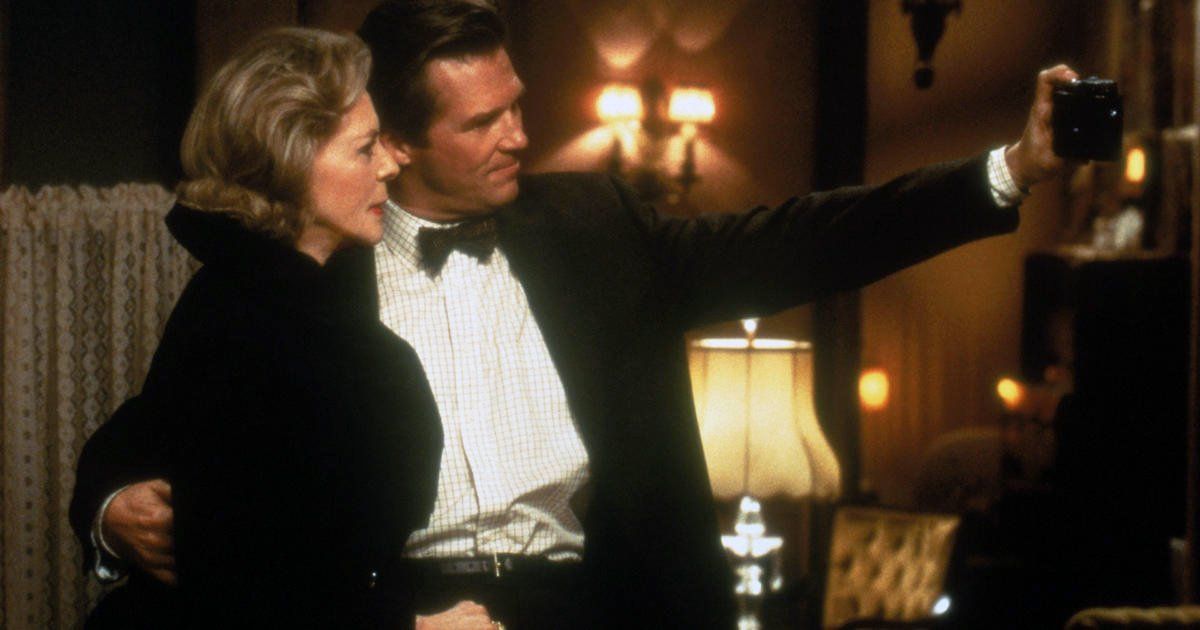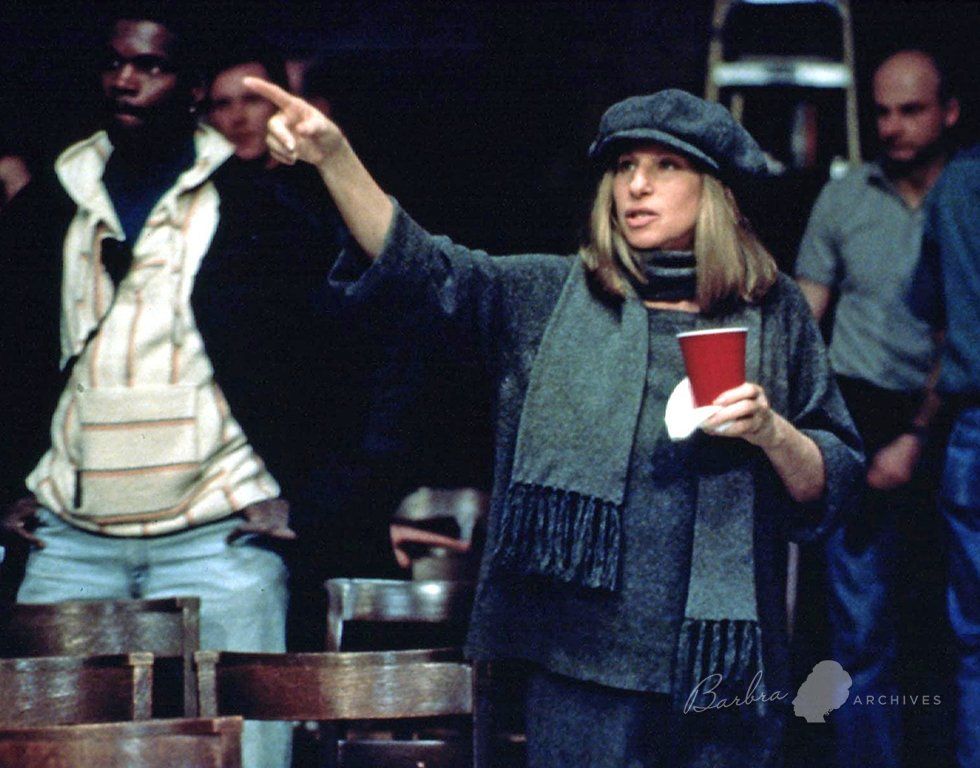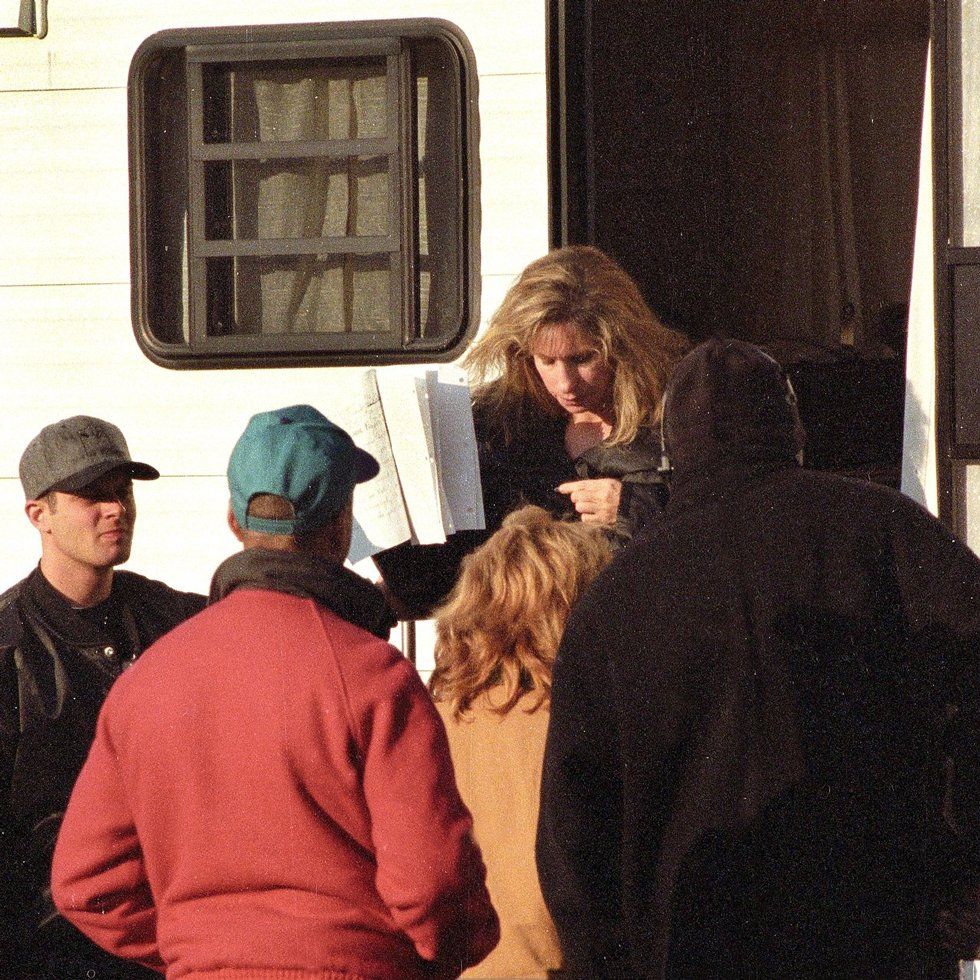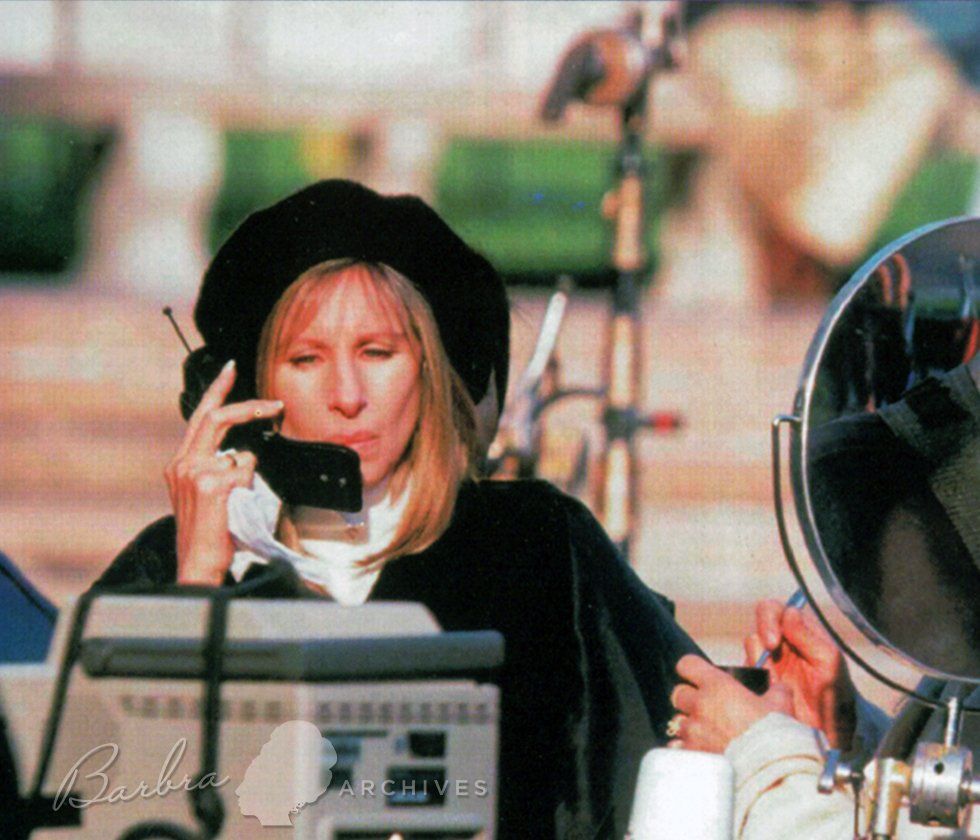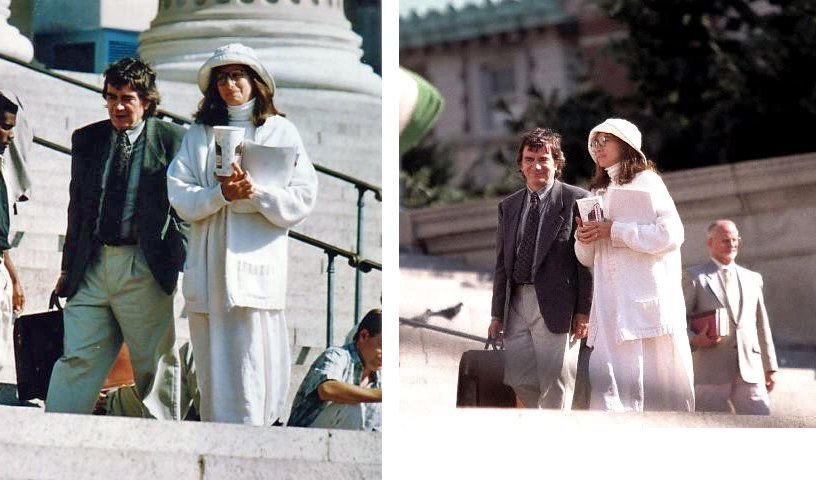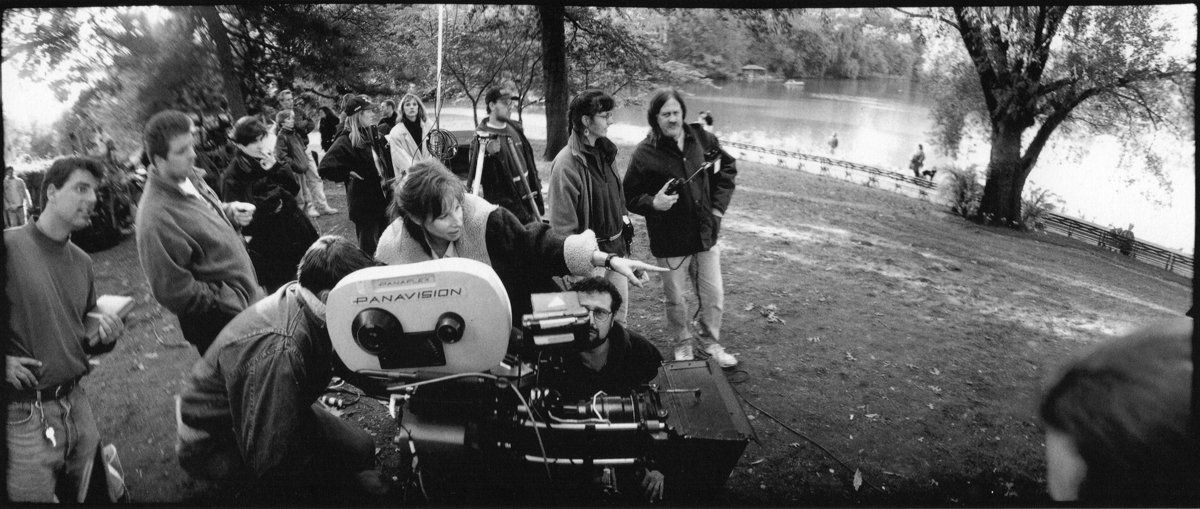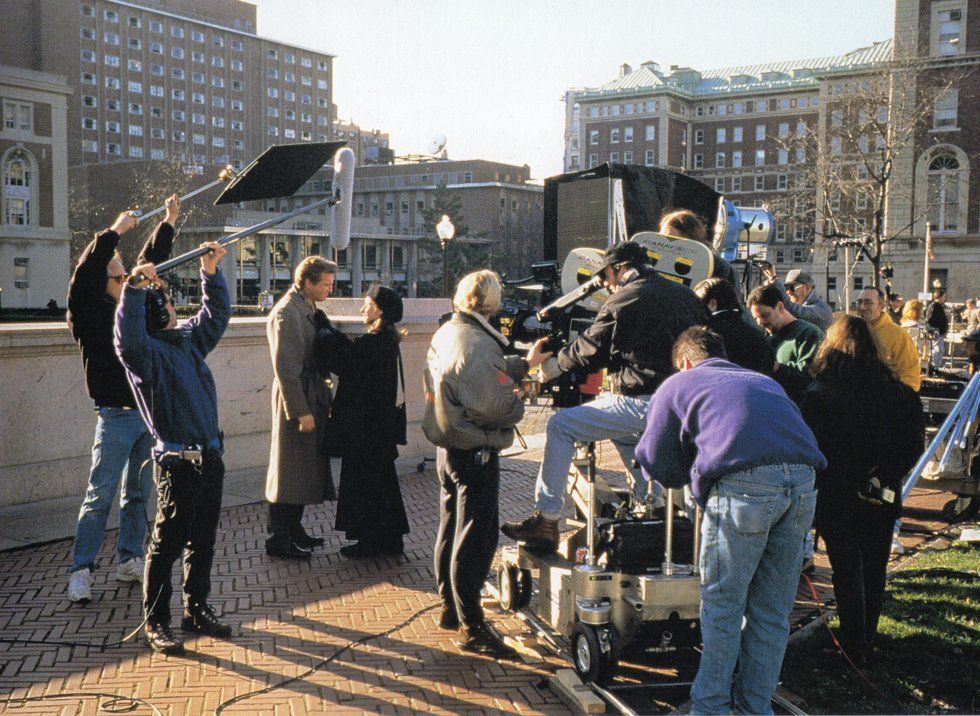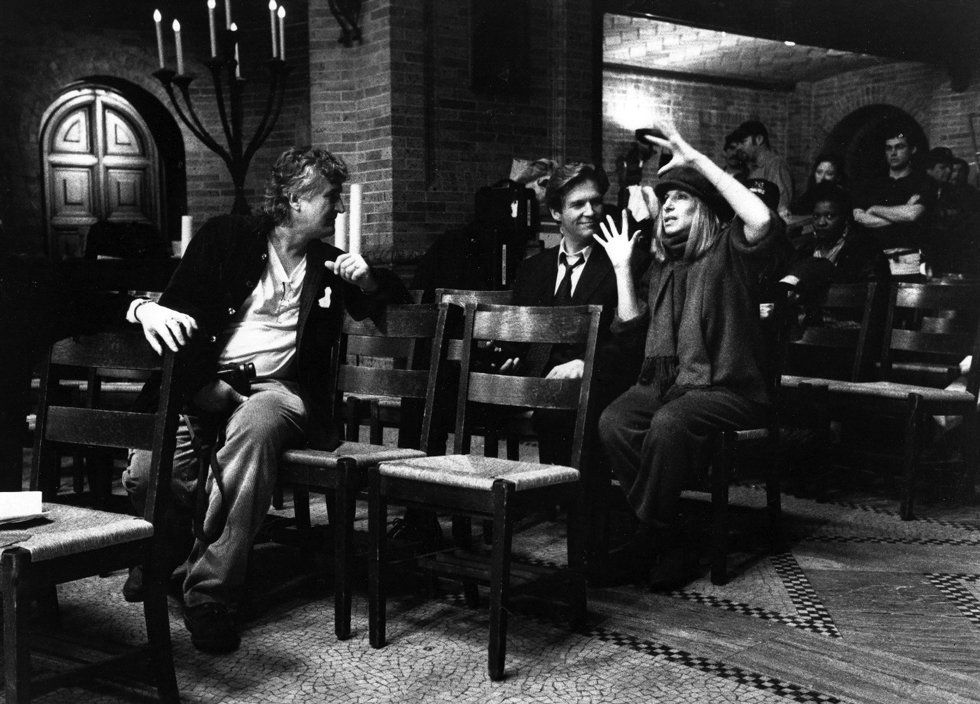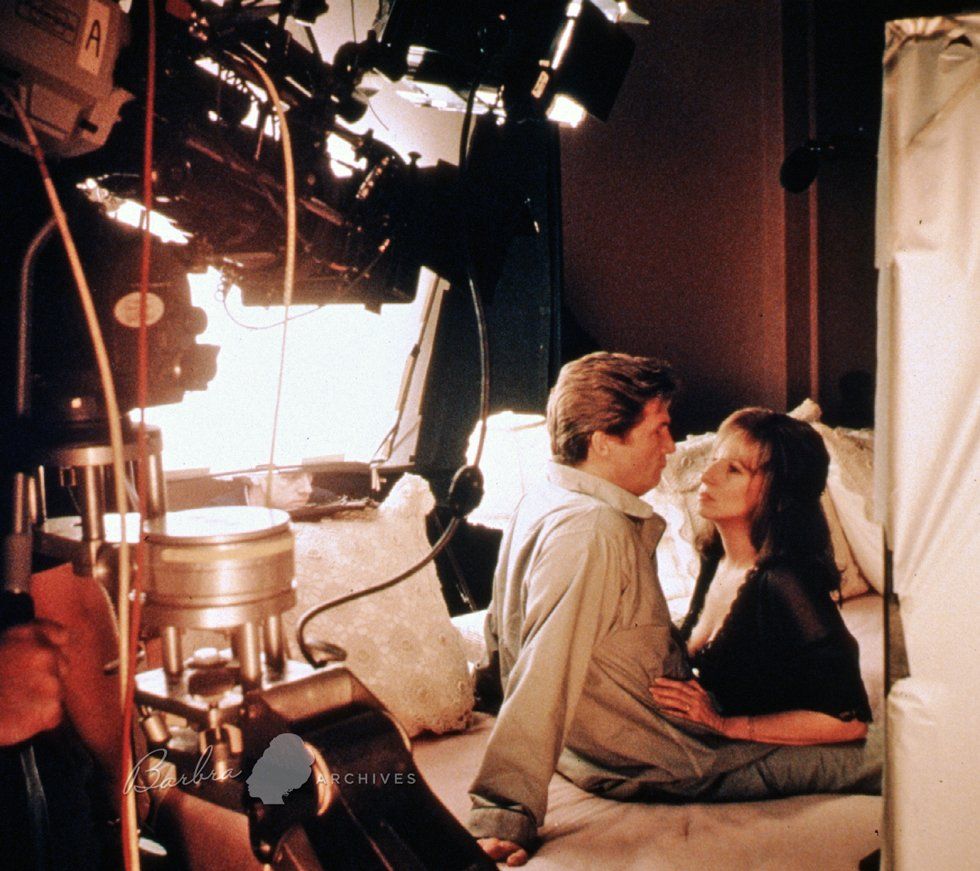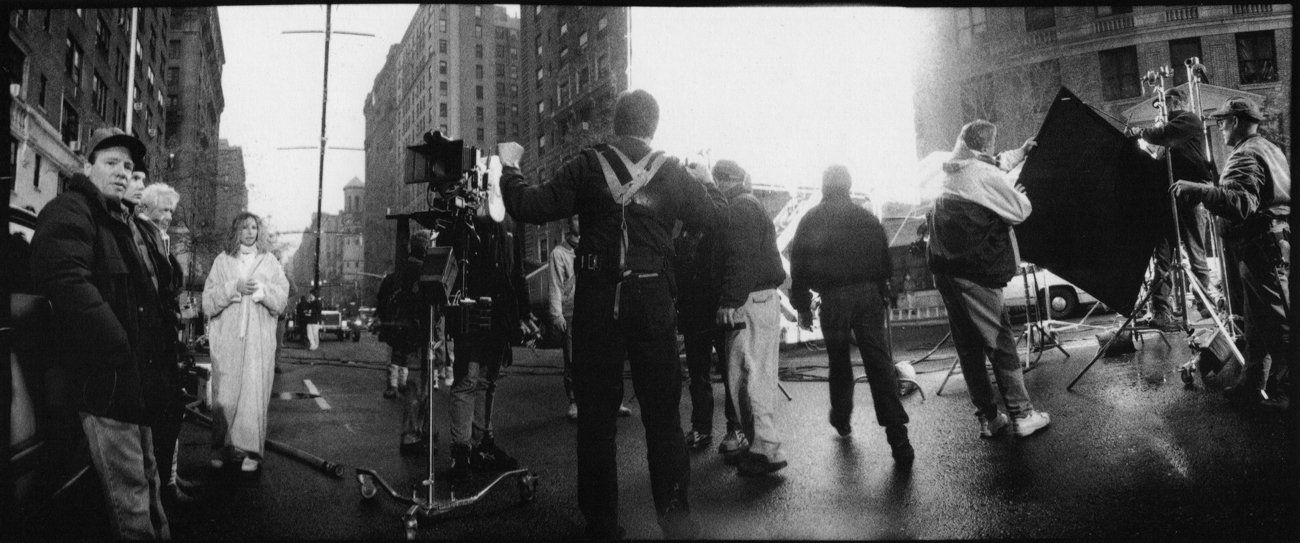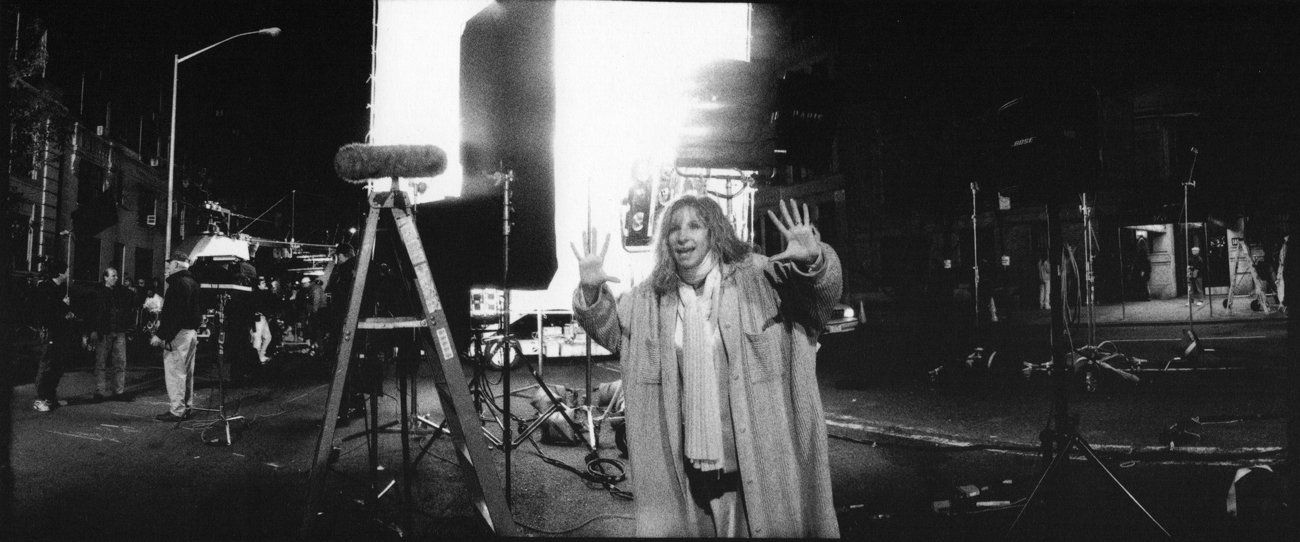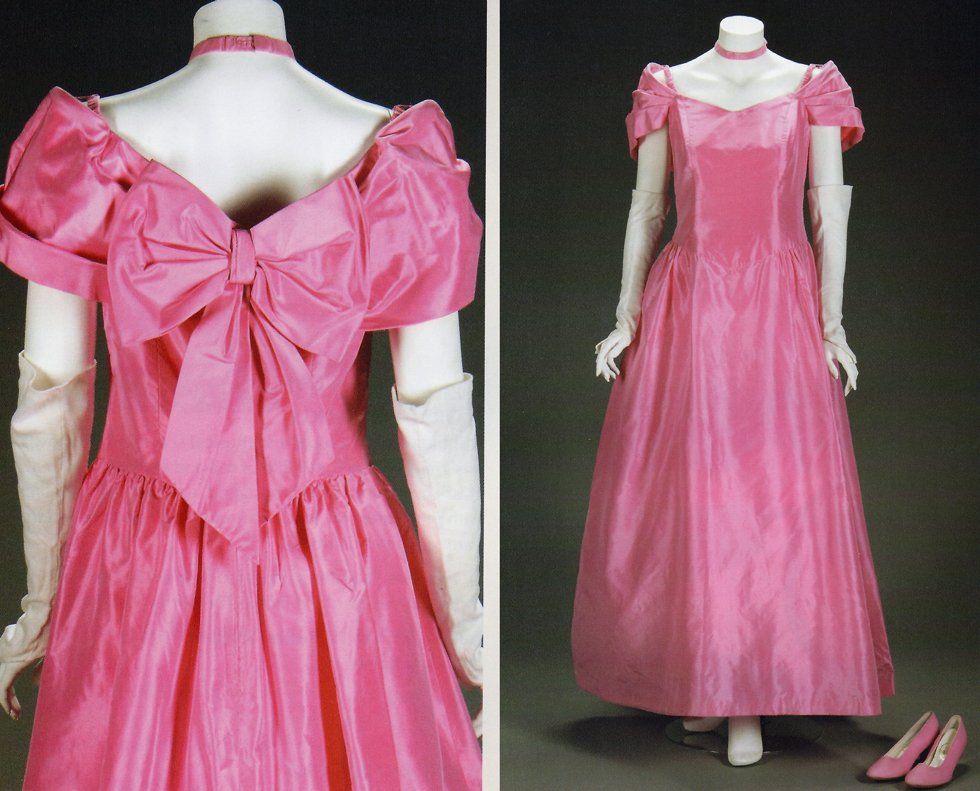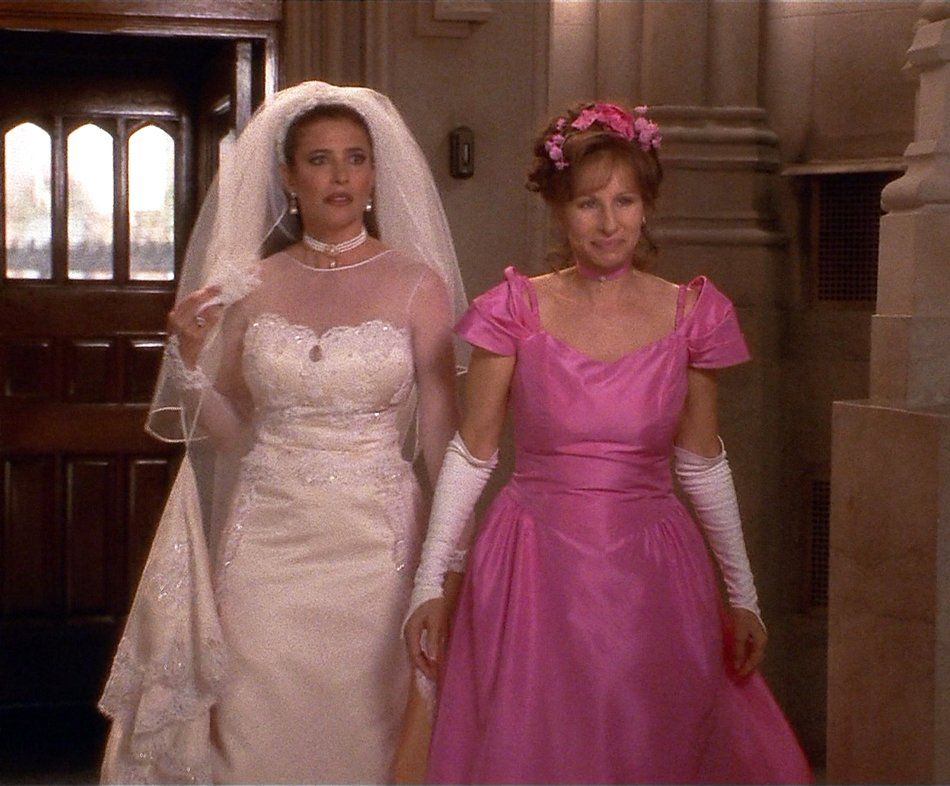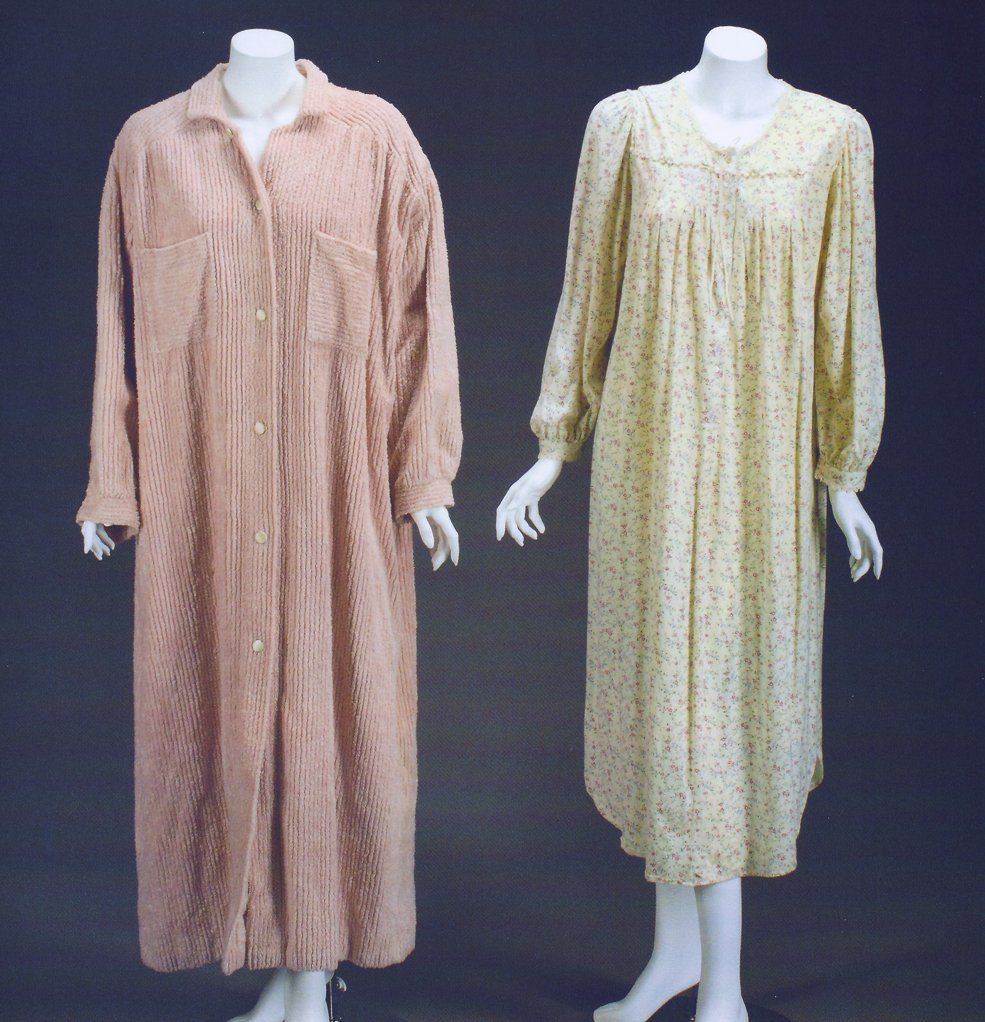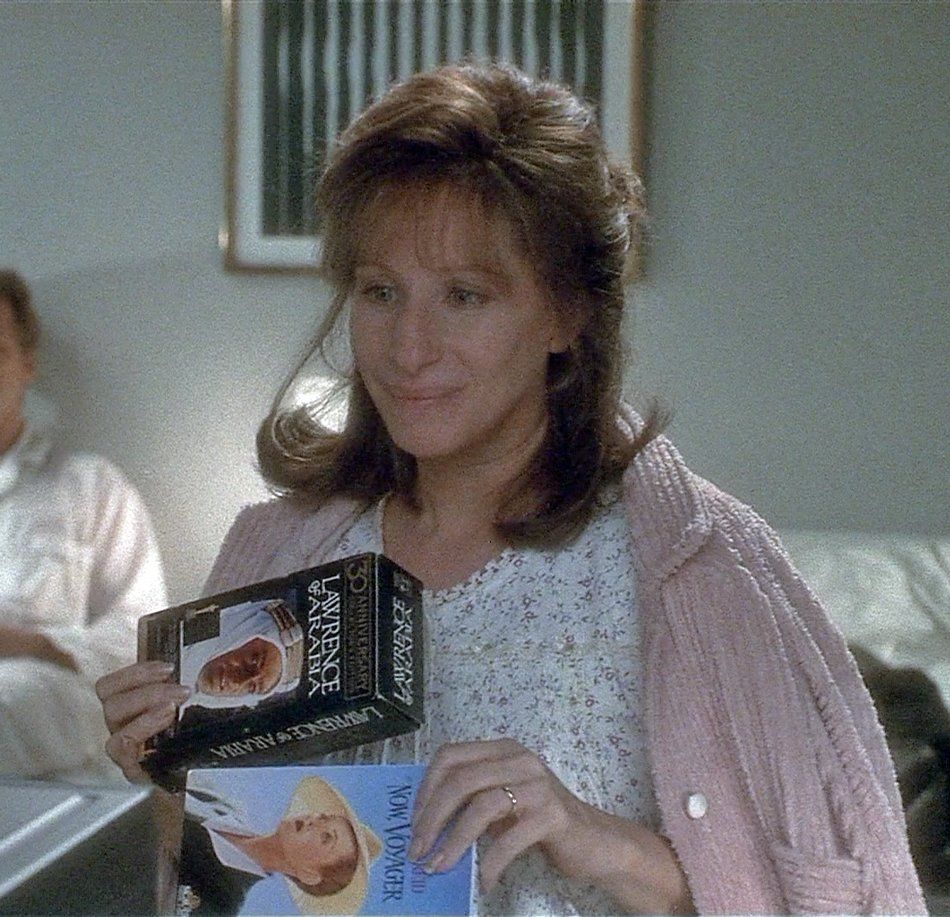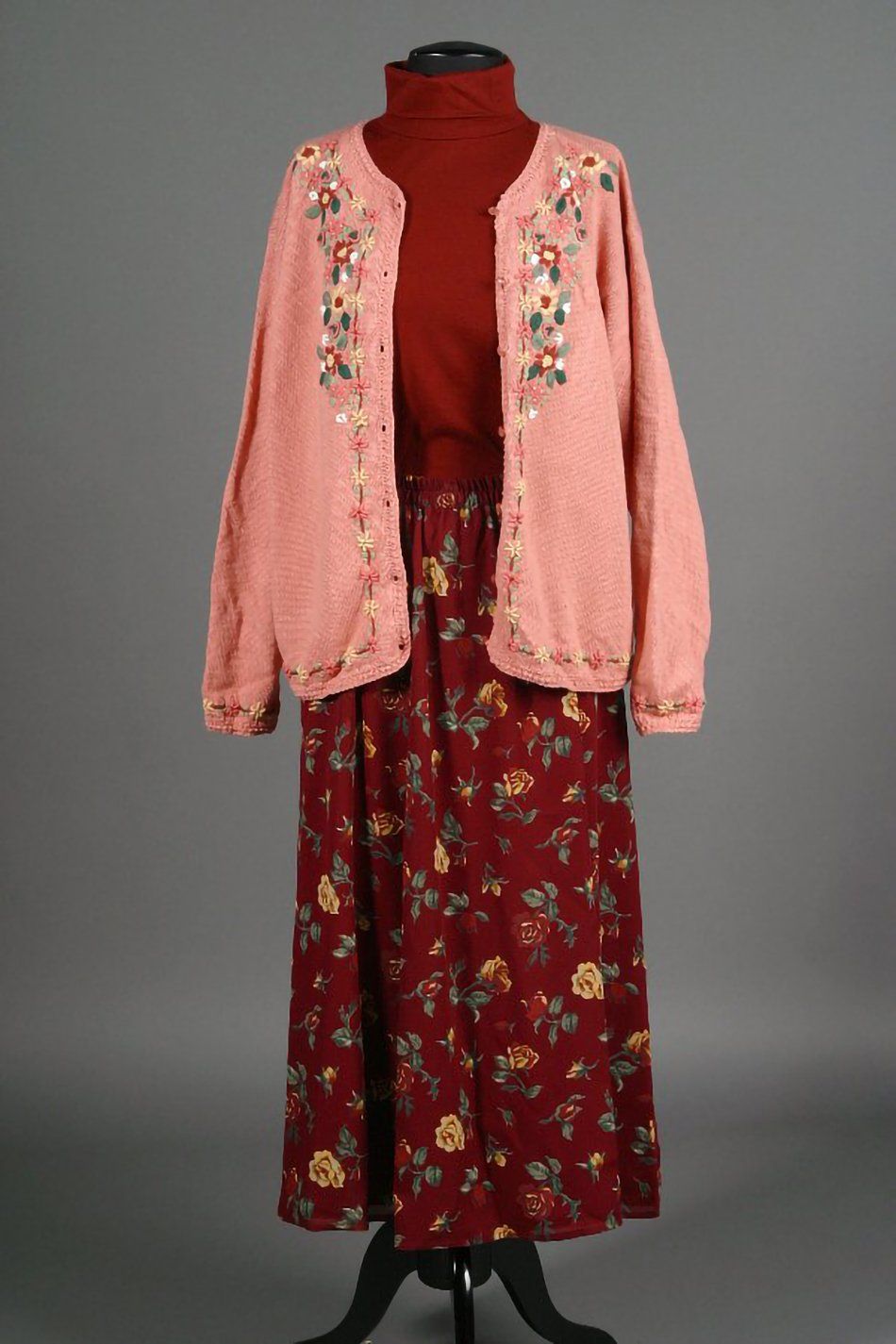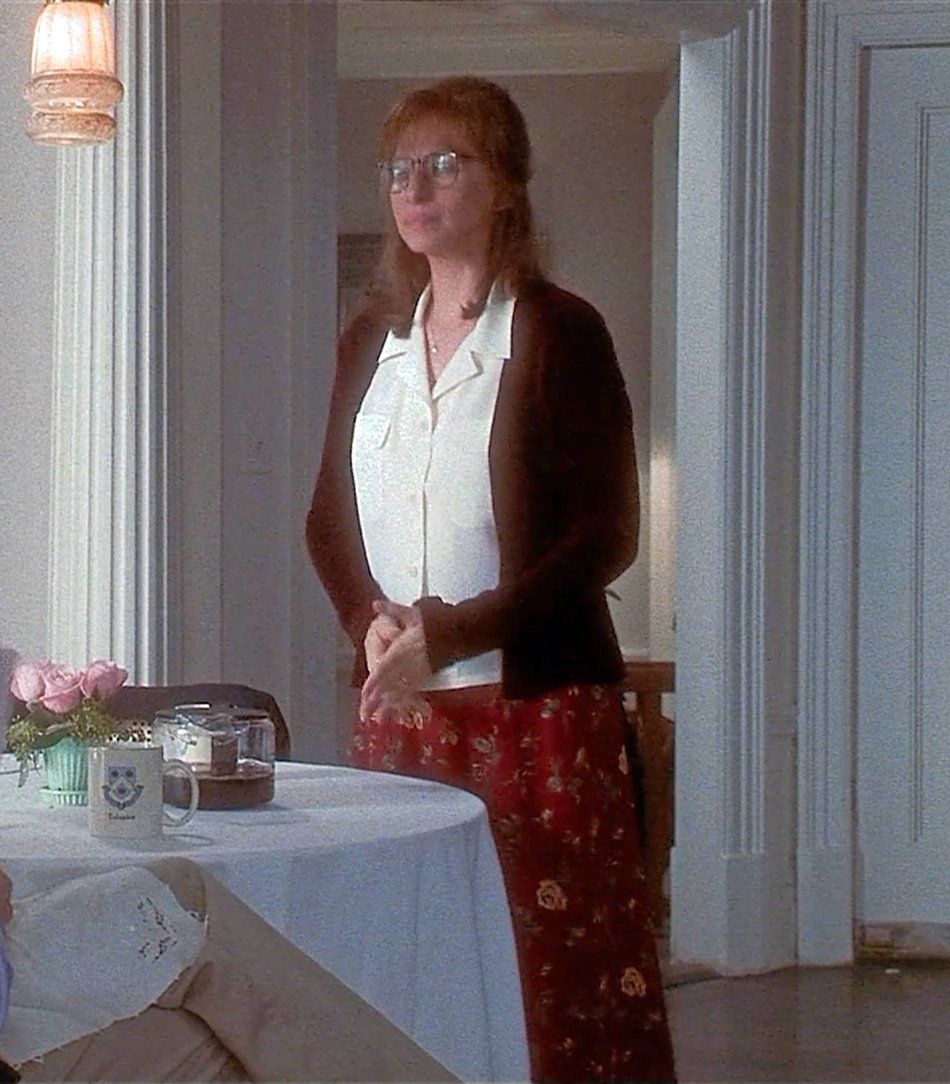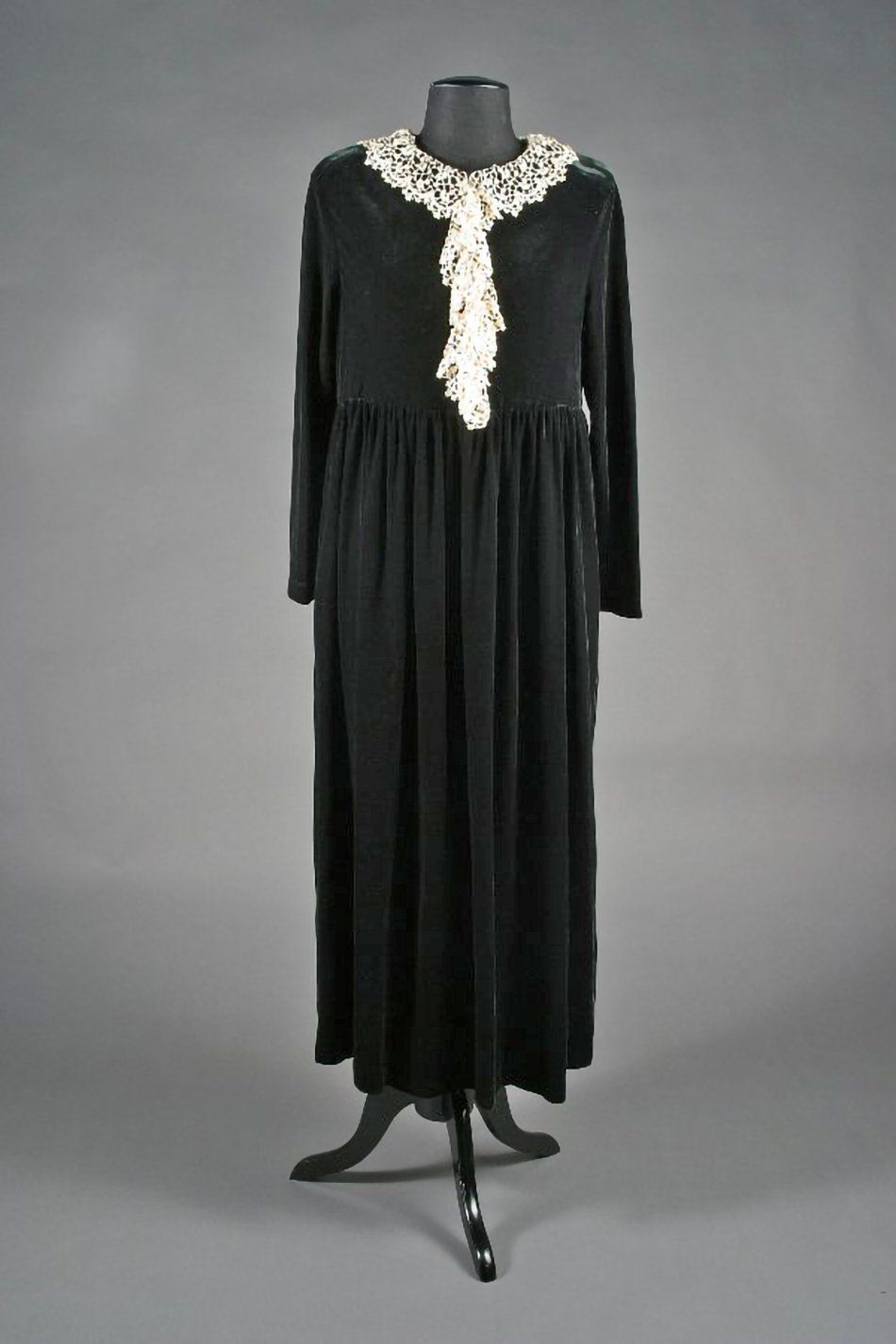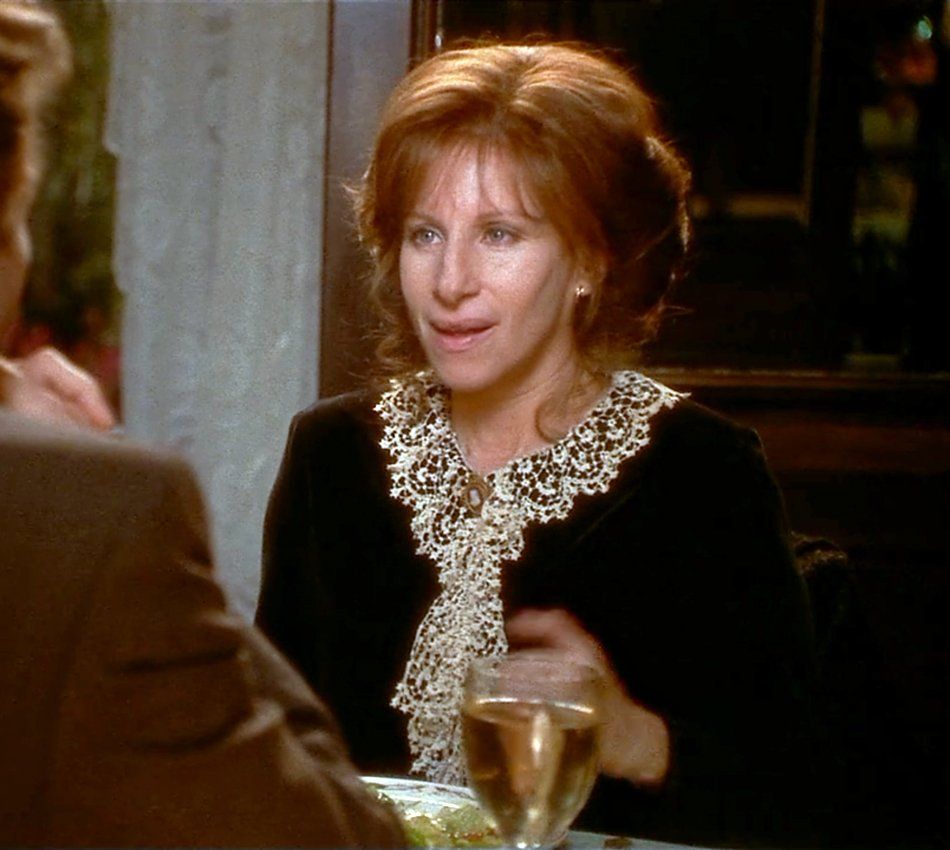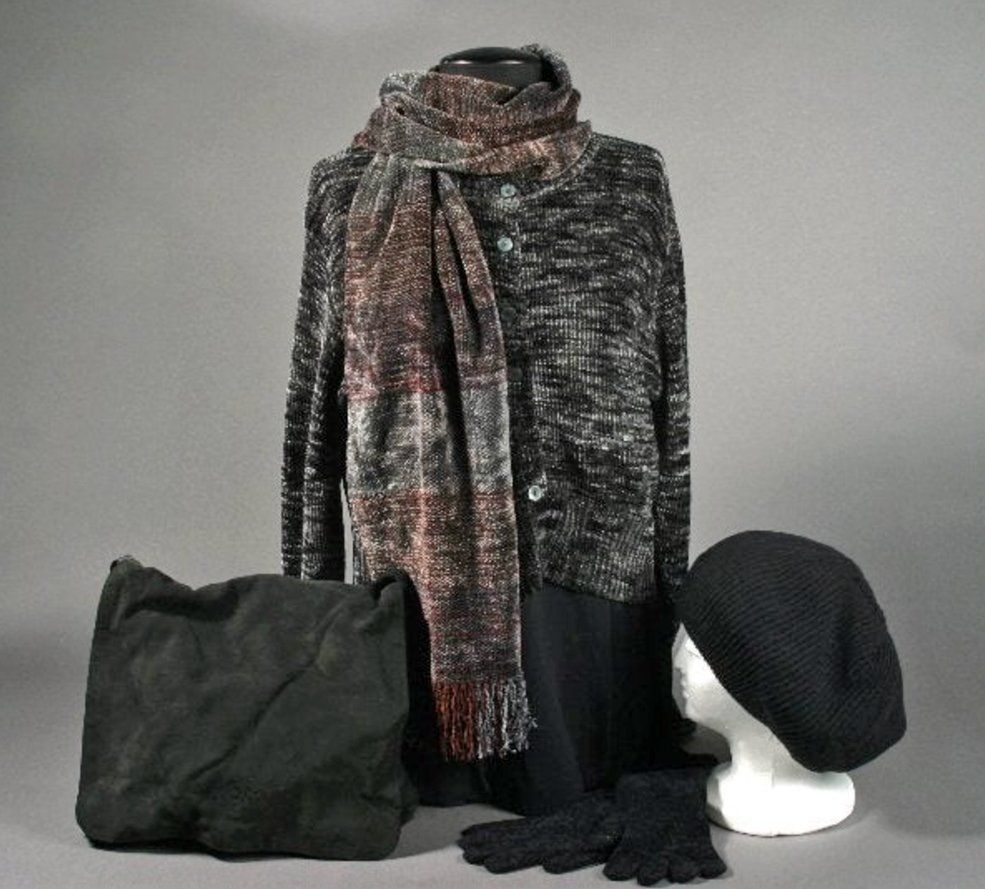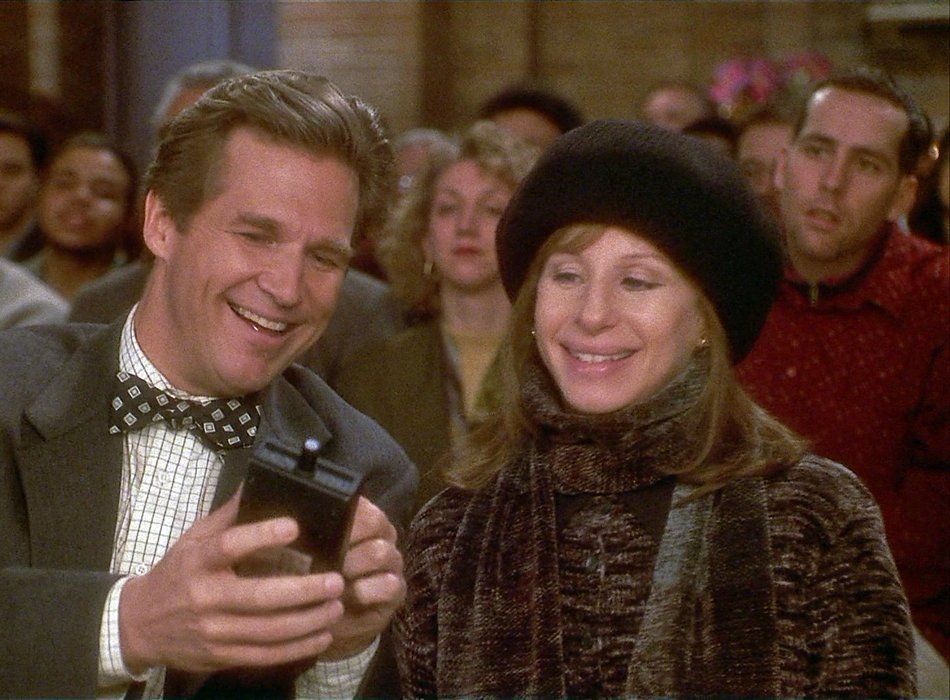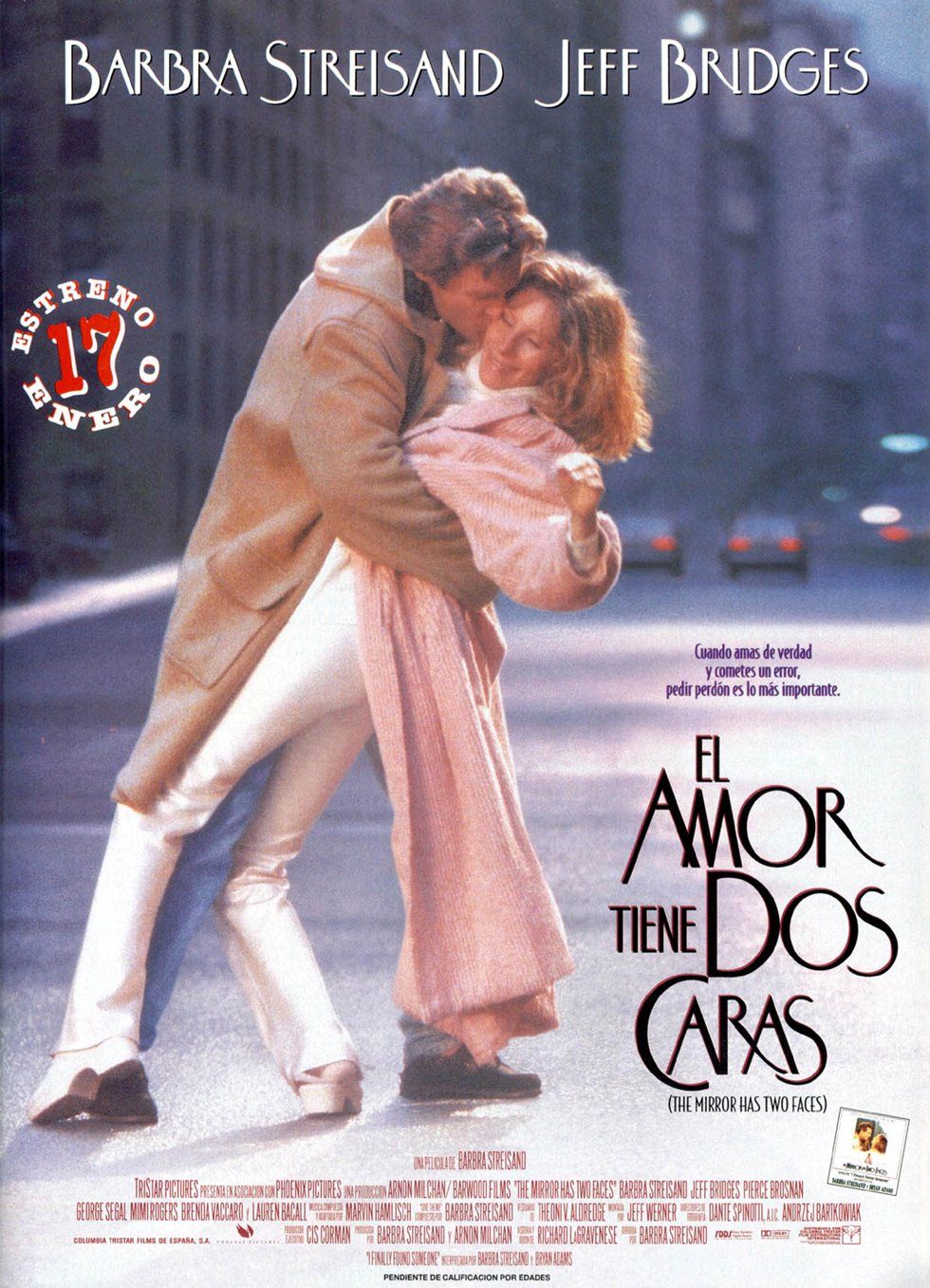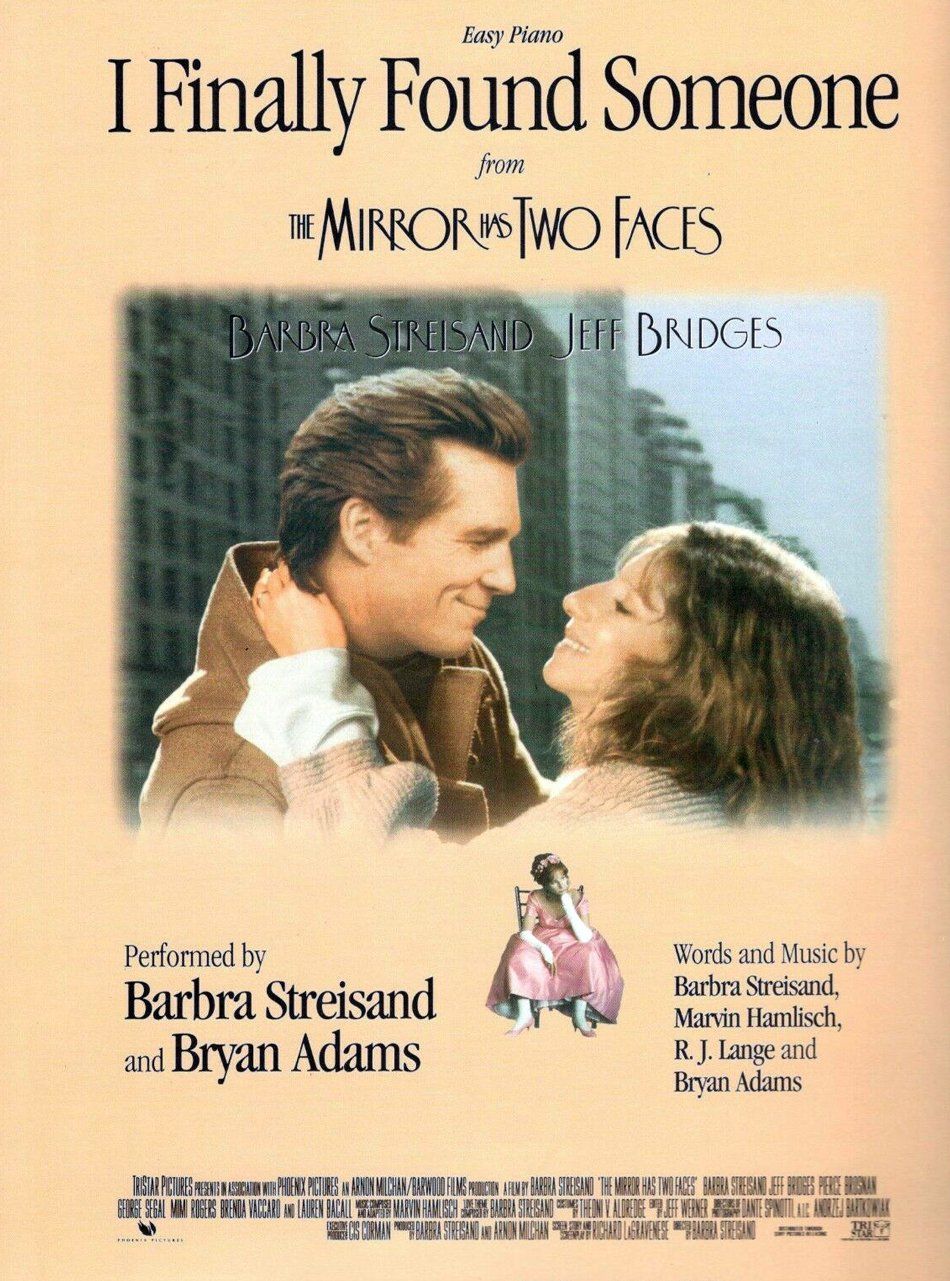“I Finally Found Someone” was the love theme and hit single for The Mirror Has Two Faces, and it took a village to compose and produce it. Barbra Streisand, Marvin Hamlisch, R.J. Lange and Bryan Adams are credited for writing the song. David Foster produced and arranged it; R.J. Lange and Bryan Adams share arrangement credits with Foster.
[YouTube Official Music Video]
Streisand broke it down for us: “I wrote the love theme, the main love theme, then Marvin wrote a bridge to it, and that was going to be our song. Then [record producer] David Foster had the idea that I should sing the duet with Bryan Adams. Bryan played our track and heard me humming and fell in love with this little theme that I wrote and then he and his producer Mutt Lange wrote a counter melody based on the track that I sent him. And they wrote the lyrics. So that's how that happened.”
Barbra included an alternate version of the love theme on The Mirror Has Two Faces
soundtrack album titled “All of My Life.” Hamlisch and Streisand wrote the music for this song, and her friends, the Bergmans, contributed the lyrics; David Foster produced it, as well.
And then there was another version of the end title song that remains unreleased … It’s called “It Doesn't Get Better Than This”
and featured Barbra’s “love theme,” but not Bryan Adams. At least one of the movie’s previews included “It Doesn’t Get Better Than This” – and a sneaky fan recorded it, along with the enthusiastic audience’s reactions.
About the song, Barbra told the press: “I had written a love theme, and the Bergmans started a lyric based on the theme, although we didn't complete how the theme integrated with the bridge ... It was very difficult musically, because when you play something orchestrally, you can do all sorts of wonderful keys, but when the voice has to sing it, it changes that pattern. Then, I asked my friend David Foster, who produced a lot of records for me, ‘Please, please, please become involved.’ He had one week, a five-day period that he could give me time. And he came to Sony one night, and we just played around — asked five of my favorite musicians who were playing on the score to hang around and we kind of had a jam session and made this track. I was humming the words, because we only had some of the words. And David recommended singing the duet with Bryan Adams. So, I sent him this track, and he fell in love with my little theme and around this theme. And that's how it happened. He's a doll. Talk about a perfectionist!”
“I Finally Found Someone” was nominated for an Oscar for Best Song. Natalie Cole was set to sing it on the Oscar broadcast, but fell sick. Celine Dion stepped in at the last minute and sang the song. Streisand, who was in the audience that evening, went to the bathroom when Celine sang the song. She denied that it was any sort of snub toward Dion. In fact, Streisand recorded the duet, “Tell Him,” with Celine shortly after the incident and included it on her album Higher Ground.
Nearly ten years later, Barbra sang “I Finally Found Someone” live during her 2007 European concert tour with her singing guests, The Broadway Boys.

